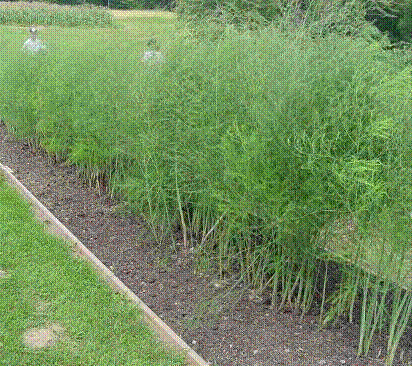HEEEEEEEELP!
 |
| Photo by fodwyre |
Okay - so lets do a bit of research on what's going on here!
There are generally two forms of fertilisers - Granular & Liquid.
Granular - You sprinkle these on the soil & work them in with a spade.
Liquid - You dilute them in water & spray onto foliage, or used as part of the watering process in which the plants absorb it through roots.
There are a multitude of nutrients needed for growing anything e.g. copper, iron, magnesium etc. but the main three that are present in fertiliser are Nitrogen, Phosphorous and Potassium. Generally the consensus is that the majority of nutrients are needed in small amounts and so the amount present in your soil is enough to not be a real concern to have to replace. However NPK (Nitrogen, phosphorous & potassium) can be depleted & are essential to healthy plant growth.
So what do these do?
Nitrogen (N) - This is used by plants for plant growth - producing leaf growth & greener, lusher leaves.
Phosphorous (P) - This is used by plants to increase flower/fruit development and to produce stronger root systems.
Potassium (K) - This is for flower colour and size. It can also help the strength of the plant.
So on your fertiliser there should be a 3 numbered ratio e.g 10:20:30. This corresponds to the percentage of N:P:K in the fertiliser you are buying. So in a 100kg bag of 10:20:30 -would have 10kg N, 20kg P, 30kg K.
Generally you can figure out what fertiliser you need through the leaf appearance - Nitrogen deficiencies lead to yellow/brown leaves, Phosphorous deficiencies cause purple veined & slow growing leaves, Potassium deficiencies lead to curled, distorted leaves. The balance between these elements determines where plants focus their growth - a high Nitrogen ratio boosts leaf growth, ideal for lawns, shrubs & plants where you want them to bush out/foliage is a priority. A high Phosphorous ratio will boost fruit, flower & vegetable growth at the expense of leaf growth.
 |
| Manure anyone? |
Liquid vs Granular
Liquid needs to be applied more often, but absorbed faster & tends to be more expensive. It is easy to apply with a sprayer or hose attachment. Granular will stay in the soil longer and therefore not needed as often. They need to be applied by hand & watered in.
General vs Specific
If you have an average garden soil with healthy plants a general fertiliser with relatively even N:P:K ratios will work fine. If you have a tricky plant to grow that needs special care then maybe a specific fertiliser is best to get the ratio's right. If you are super keen - most websites recommend doing a pH test to see if your soil is acidic or alkaline & then you can use specific fertilisers to adjust the pH.
Organic (e.g. manure/blood & bone) vs. Inorganic
Organics are preferred when dealing with food, but can be deficient in providing everything you need to grow healthy plants. To compensate you may need to apply more often, or more than one (e.g. blood & bone is high in P, manure (e.g. sheep pellets) is good for soil structure & adding N). Synthetic's are accurate in the amounts of N:P:K you need & often only need one application. You can often get them with just one particular component.
So what am I going to do?
So far I've used a combination of compost, blood & bone & manure in the garden beds. However I have gone synthetic using the citrus fertiliser for my citrus fruit trees. From what I've learnt today I need to put some more compost which is an all around slow release fertiliser to build up my soil structure more. Generally the blood and bone will have provided the beds with a higher phosphorous content which should help my vegetable yield, size & quality. The sheep pellets will help with the growth of the plants themselves being higher in nitrogen. As for whether it works - we will soon find out as I'm going to start planting out some of my seedlings very soon!!!!

















.jpg)